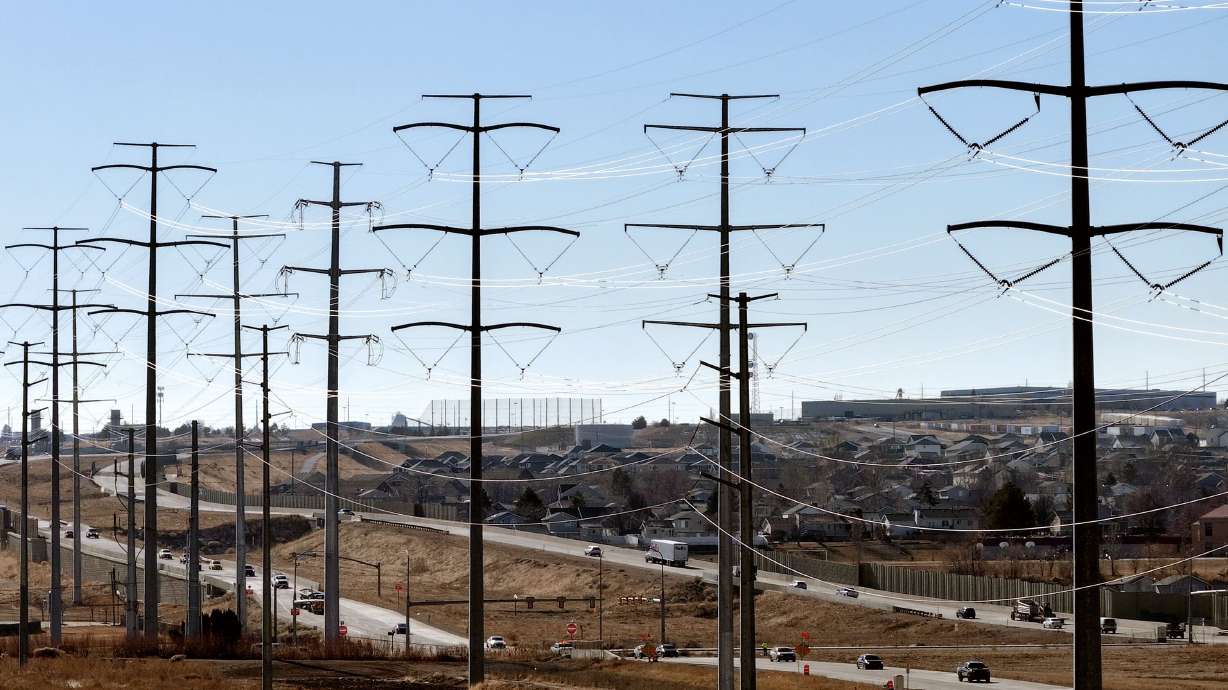Estimated read time: 2-3 minutes
- Hawaii residents face high electricity costs, averaging $213 monthly, compared to Utah's $85.
- Hawaii's energy costs are high due to reliance on imported petroleum and infrastructure.
- Utah benefits from diverse energy sources, including coal, natural gas and renewables.
SALT LAKE CITY — Hawaii may be an island paradise, but it is a money pit when it comes to the cost of electricity.
Residents there pay an average of $213 a month to keep the lights on, while Utah costs are as low as $85 per month.
With U.S. electricity consumption hitting record levels and forecast to continue climbing through 2026, a new study has revealed just how much your location impacts your energy costs.
For millions of Americans, states' energy pricing structure means they're paying double, or even triple, what residents in other regions pay, the study found.
"With the recent (Energy Information Administration) report showing nationwide electricity consumption at an all-time high, consumers need to understand the differences in regional prices," said Corey Gilgan, owner of Oregon Generators, which specializes in generator installation, EV charging setups and electrical upgrades.
"Our study shows dramatic variations in what Americans pay for energy depending on where they live, information that's particularly valuable as demand continues to grow," Gilgan said.
Why energy diversification matters
"Hawaii's isolated location means almost everything energy-related must be imported at premium prices," Gilgan said.
"They're largely dependent on imported petroleum for electricity generation, while the mainland has diversified its energy sources. The additional cost of maintaining infrastructure across multiple islands creates significantly higher energy costs for residents," Gilgan said.
Utah's energy portfolio includes a mix of coal, natural gas, geothermal, wind and solar.
According to the Energy Information Administration, coal fueled 46% of Utah's total electricity net generation in 2023, down from 75% in 2015, and natural gas accounted for 34%.
Almost all of the rest of Utah's generation came from renewable energy sources, primarily solar power. Solar energy powers about 93% of Utah's electric generating capacity added since 2015.
While Utah does not generate any electricity from nuclear energy, plans for several nuclear power plants have been proposed since 2007.
PacifiCorp has announced that it is looking to replace two coal-fired power plants in Emery County with nuclear power.
Utah Gov. Spencer Cox has an ambitious goal of doubling Utah's generation of electricity within a decade.
Last fall, he announced the launch of Operation Gigawatt, emphasizing there is a looming energy crisis.
"It puts Utah in a position to lead the country in energy development, secure our energy future and remain a net energy exporter while diversifying and expanding our energy resources," he said at the time.
The analysis in this study shows Utah is moving in the right direction.
"Utah benefits from a combination of favorable energy factors," Gilgan said.
"Their geographic position provides access to abundant coal and natural gas reserves, significant hydroelectric resources, and relatively modern infrastructure. Additionally, their regulatory framework prioritizes cost-effective energy delivery to consumers," Gilgan added.










